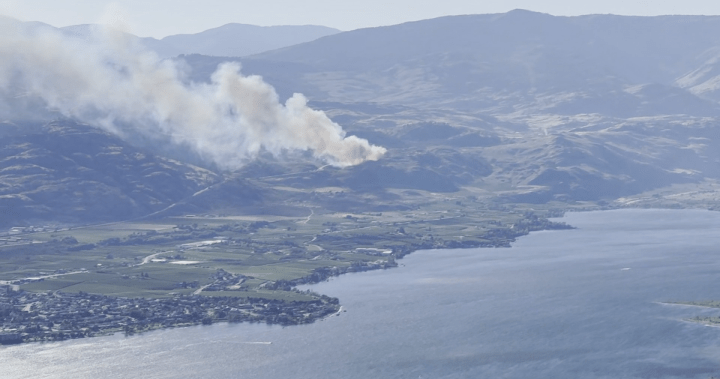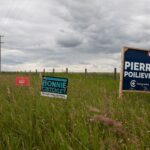In the relentless battle against British Columbia’s wildfire season, a glimmer of hope emerges from the smoke-filled skies. New data reveals that aggressive early intervention strategies have significantly improved containment rates, potentially saving thousands of hectares of pristine forest and countless communities from devastation.
The BC Wildfire Service reports that over 84% of wildfires detected this season have been successfully contained at less than 10 hectares in size—a testament to the province’s enhanced rapid response capabilities following the devastating fire seasons of recent years. This remarkable achievement comes despite challenging conditions that experts warned could trigger another catastrophic summer.
“What we’re seeing is the direct result of increased preparedness and strategic resource allocation,” explains Dr. Helena Ramirez, fire ecology specialist at the University of British Columbia. “By positioning crews strategically throughout high-risk regions and employing advanced detection systems, teams can respond within crucial early hours when containment is most achievable.”
The province’s improved approach includes expanded use of infrared detection technology, additional air tanker groups stationed at strategic locations, and innovative water delivery systems that can reach remote locations more efficiently. These investments appear to be paying dividends as communities that once lived in perpetual fear during summer months now report heightened confidence in protection measures.
In the Interior region, where some of the most challenging terrain has historically complicated firefighting efforts, initial attack success rates have improved by nearly 15% compared to five-year averages. Local fire chiefs attribute this improvement to enhanced coordination between provincial resources and municipal fire departments, creating seamless response protocols that eliminate precious time lost during critical early stages of fire development.
“The difference between a manageable 5-hectare fire and an out-of-control 5,000-hectare inferno often comes down to how quickly and effectively we deploy in those first few hours,” notes Kamloops Fire Chief Martin Sullivan. “We’ve completely reimagined our initial attack protocols based on lessons from previous seasons.”
Climate data indicates that while conditions remain conducive to wildfire spread throughout much of the province, the improved containment rates demonstrate that preparedness can significantly mitigate risk factors. Meteorologists caution that extended dry periods forecast for August could still present challenges, but emergency management officials express guarded optimism about their capacity to maintain the improved response rates.
Provincial investments in firefighting infrastructure have reached unprecedented levels, with over $180 million allocated to wildfire management this fiscal year. These funds have enabled the acquisition of specialized equipment specifically designed for British Columbia’s unique geographical challenges, including mountainous terrain and remote forest access points where conventional equipment proves inadequate.
The economic implications extend beyond obvious savings in property damage and evacuation costs. Tourism operators report stronger summer bookings compared to previous fire seasons, suggesting that improved containment helps preserve the vital summer economy that many communities depend upon.
For residents of fire-prone communities, the psychological impact of knowing that detection and response systems have improved provides immeasurable relief. “Living with the constant anxiety of evacuation alerts became our summer reality,” shares Williams Lake resident Elaine Thompson. “Seeing how quickly crews are responding this year has given us back some peace of mind during what’s traditionally been our season of worry.”
As climate patterns continue to evolve and present new challenges to forest management, will these improved early response tactics provide a sustainable blueprint for wildfire management across other jurisdictions facing similar threats, or are we merely witnessing a temporary reprieve in an increasingly unpredictable climate reality?
















